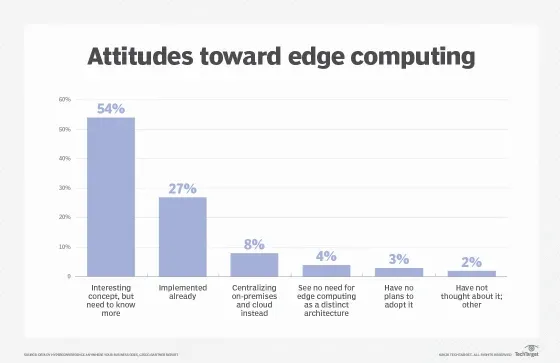Edge computing is all a local issue. In a traditional business computer, data is generated at the end of the client, such as the user's computer. That data is transferred across the WAN as the Internet, through the company LAN, where the data is stored and used for the business system. The results of that work are also passed back at the end of the client. This is always a proven and time-tested method of computer-server computing for standard business applications.
But the number of connected devices, as well as the volume of data generated by those devices and used by businesses, is growing at a tremendous rate for data center infrastructure adoption. Gartner predicted that by 2025, 75% of business-generated data would be created without central data centers. The prospect of transmitting such information in an unprecedented way- or sensitivity disruption poses a staggering challenge for the global Internet, which in itself is often prone to traffic congestion and disruption.
IT designers have therefore shifted the clear cut the central data center to the logical edge of the infrastructure - taking over storage and computer resources from the data center and moving those resources to the data center. The principle is straightforward: If you are unable to zoom the data to the data center, zoom the data center. The concept of edge computing is not new, and it is based on decennary-old remote computer ideas - like bransh offices and remote offices - where it was more dependable and well organized to put computer resources in the desired location rather than relying on one central location.
Edge computing puts storage and servers where data is available, often need more than one gear to operate on a remote LAN(local area network)to collect and process local data. In most cases, computer gear is still distributed in protected or tightened areas to protect the gear from excessive heat, moisture, and other environmental conditions. Processing usually involves familiarizing and analyzing data distribution to look at business intelligence, and only the results of the analysis are returned to the main data center.
The concept of business intelligence can be very different. Some examples include retail outlets where video viewing video surveillance can be combined with actual sales data to determine the most desired product setting or consumer demand. Other examples include forecasting analytics that can guide equipment maintenance and repairs before real errors occur or failures.
Other examples are often linked to resources, such as water management or power generation, to ensure the equipment works properly and to maintain product quality.
Edge vs. cloud vs. fog computing
Edge computing is closely associated with the ideas of cloud computing and fog computing. Although there are some differences between these ideas, they are not the same thing, and they usually should not be used differently. It helps to compare concepts and understand their differences.
One of the easiest ways to recognize the difference between edge, cloud and fog computing is to high pointt heir common theme: All three of these ideas are computer-generated and focused on the physical use of computer resources and storage in relation to the data generated. The difference is a matter of where those sources are located.
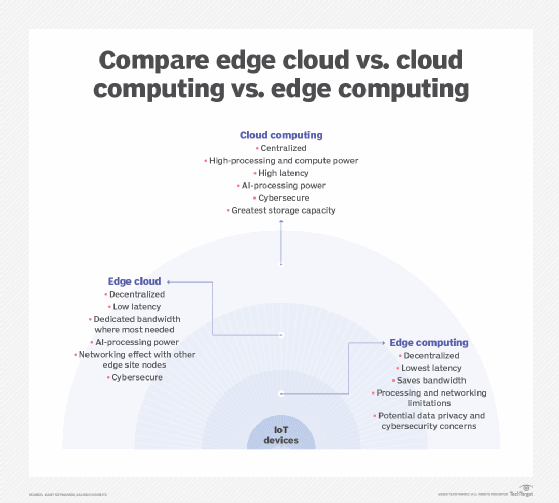
source
Edge.
Edge computing is the deployment of computer and storage resources in the data center. This puts the computer in a better position and keeps it in the same location as the data source on the network edge. For example, a small fenced area with several services and further placement may be placed on the pulpit to collect and process sensory data within the pulpit itself. As another example, a train station can set a limited amount of calculation and storage within the station to collect and process a large number of train tracks. The results of any such analysis can be sent back to another data center for public review, archived and integrated with other results of complete statistical data.
Cloud.
Cloud computing is the largest distribution of statistical resources and ends up in one of the most widely distributed regions (regions) in the world. Cloud providers also integrate pre-package integration of IoT services, making the cloud a popular medium-sized platform for IoT deployment. But even if cloud computing provides more than enough resources and resources to handle complex statistics, the closest portion of the cloud in the region could be hundreds of miles from data collection, and communication depends on a strong internet connection to support traditional data centers. In doing so, using cloud computing is another way - or sometimes compatible - to traditional data centers. The cloud can find a very central computer near the data source, but not on the edge network.
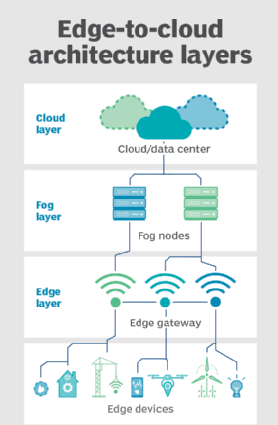
source
Fog.
But the choice of computer installation and storage is not limited to the cloud or edge. Cloud data center may be too far away, but edge deployment may be limited to resources, either physical or distributed, to make edge edge computing usable. In this case, the concept of fog computing can help.
Benefits of edge computing
Edge computing faces significant infrastructure challenges - such as bandwidth bandwidth, congestion and network congestion - but there are a few additional computer benefits that can make the approach more appealing in some cases.
Independence.
Edge computing is useful if the connection is unreliable or bandwidth is restricted due to the natural features of the site. By processing data locally, the amount of data to be sent can be significantly reduced, requiring much less time or connection time than would otherwise be required.
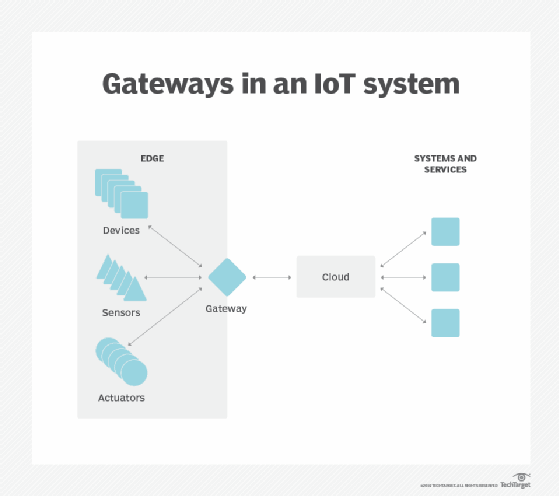
source
Data independence.
Moving big data is not just a technical problem. Data migration at national and regional borders could create other data security issues, privacy and other legal issues. Edge computing can be used to keep data close to its source and within the limits of existing data laws, such as the European Union's GDPR, which defines how data should be stored, processed and displayed. This may allow raw data to be processed locally, hidden or protected by any sensitive data before sending anything to the cloud or large data center, which can be accessed by other authorities.
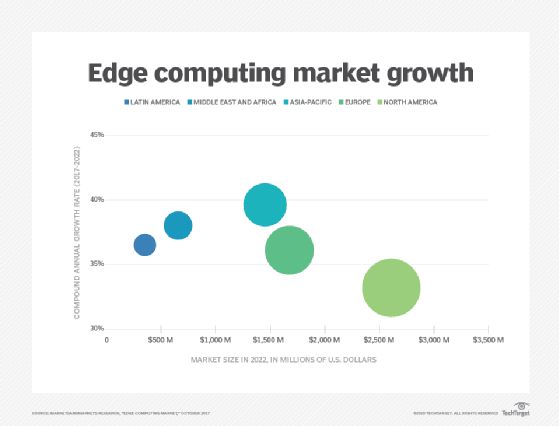
source
Edge security.
Finally, edge computing provides an additional opportunity to initiate and ensure data security. Although cloud providers have IoT services and focus on complex analysis, businesses remain concerned about data security and security when they leave the margins and return to the cloud or data center. With a computer on the edge, any data that crosses the network back into the cloud or data center can be protected by encryption, and the transmission itself can be strengthened from hackers and other dangerous activities - even if security on IoT devices is always limited.

That's all for today's topic.
Hope it will be informative to you.Thanks for your time.
Special thanks to
@cryptokraze
@siz-official
And whole siz team.
Regards
@fatimawasif


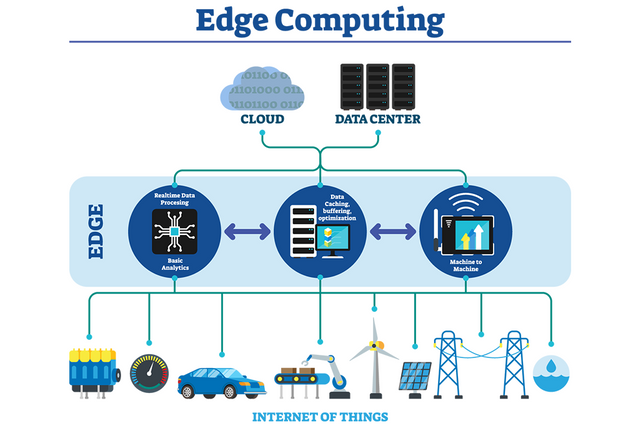
.jpg)
